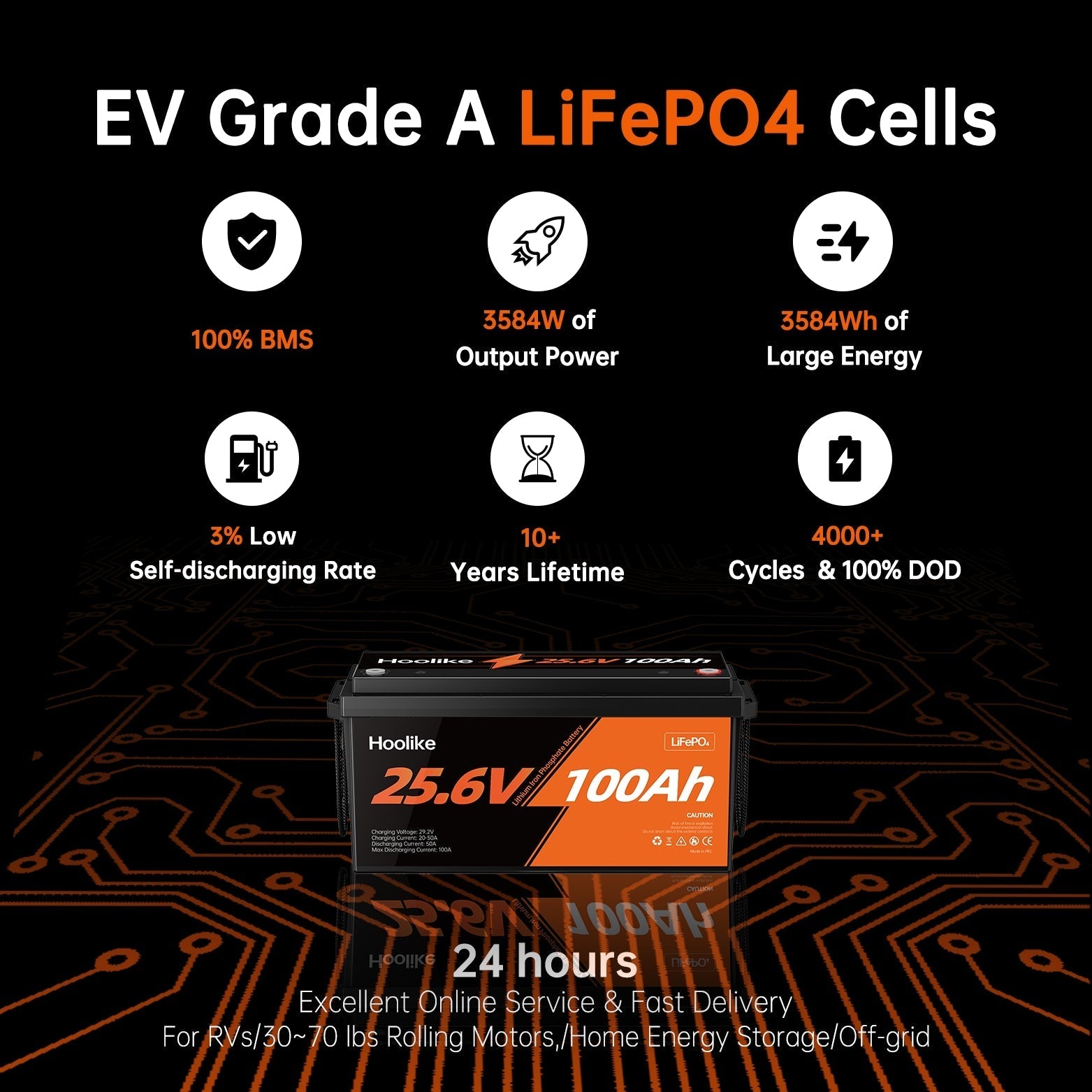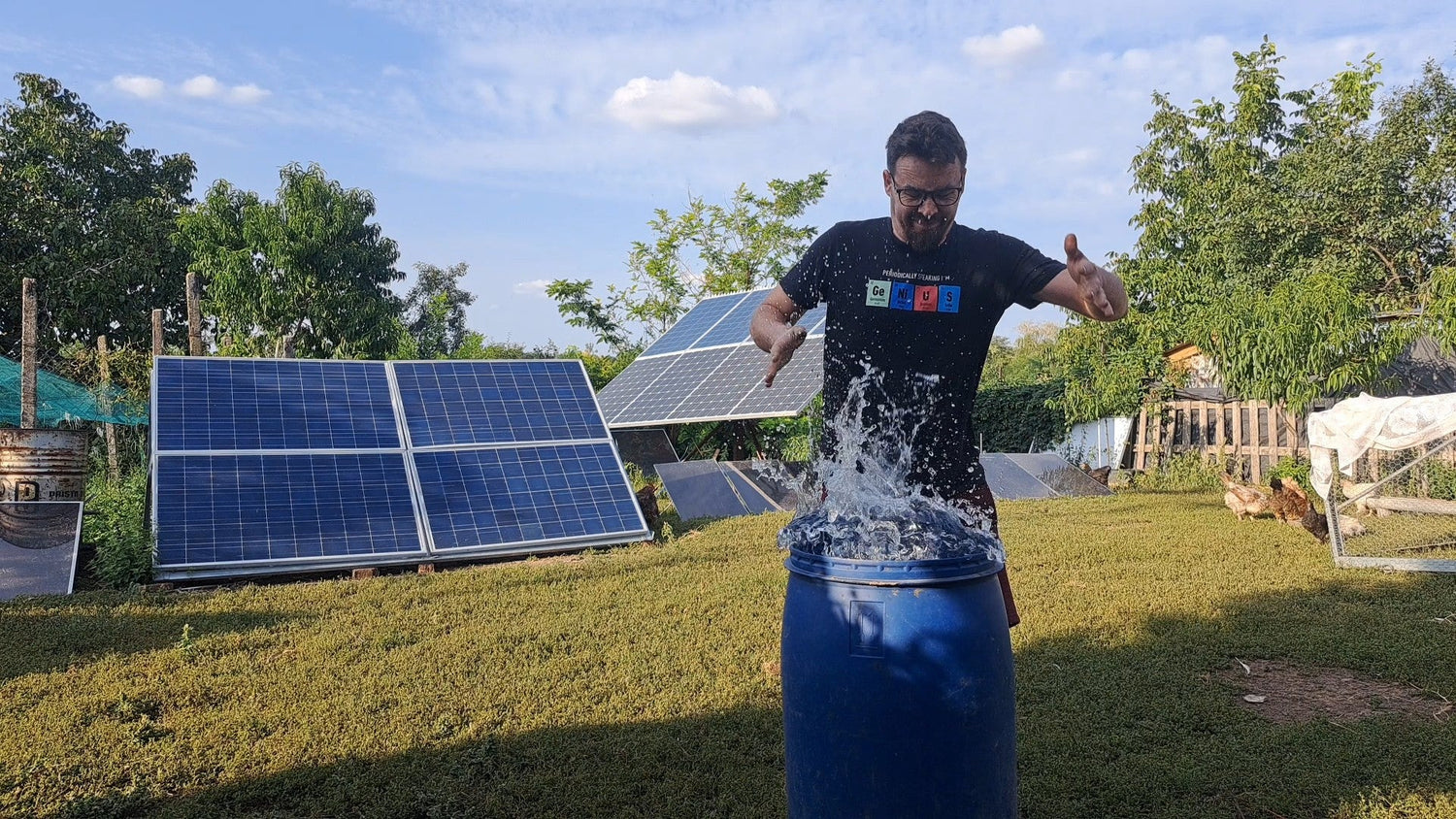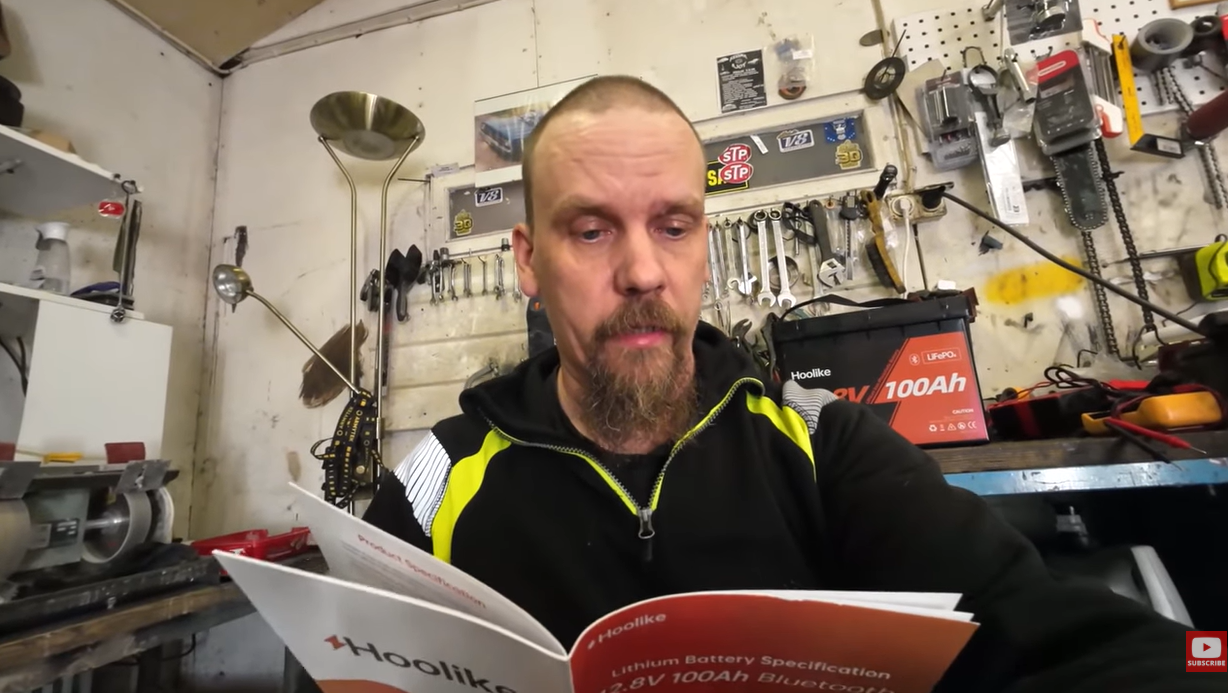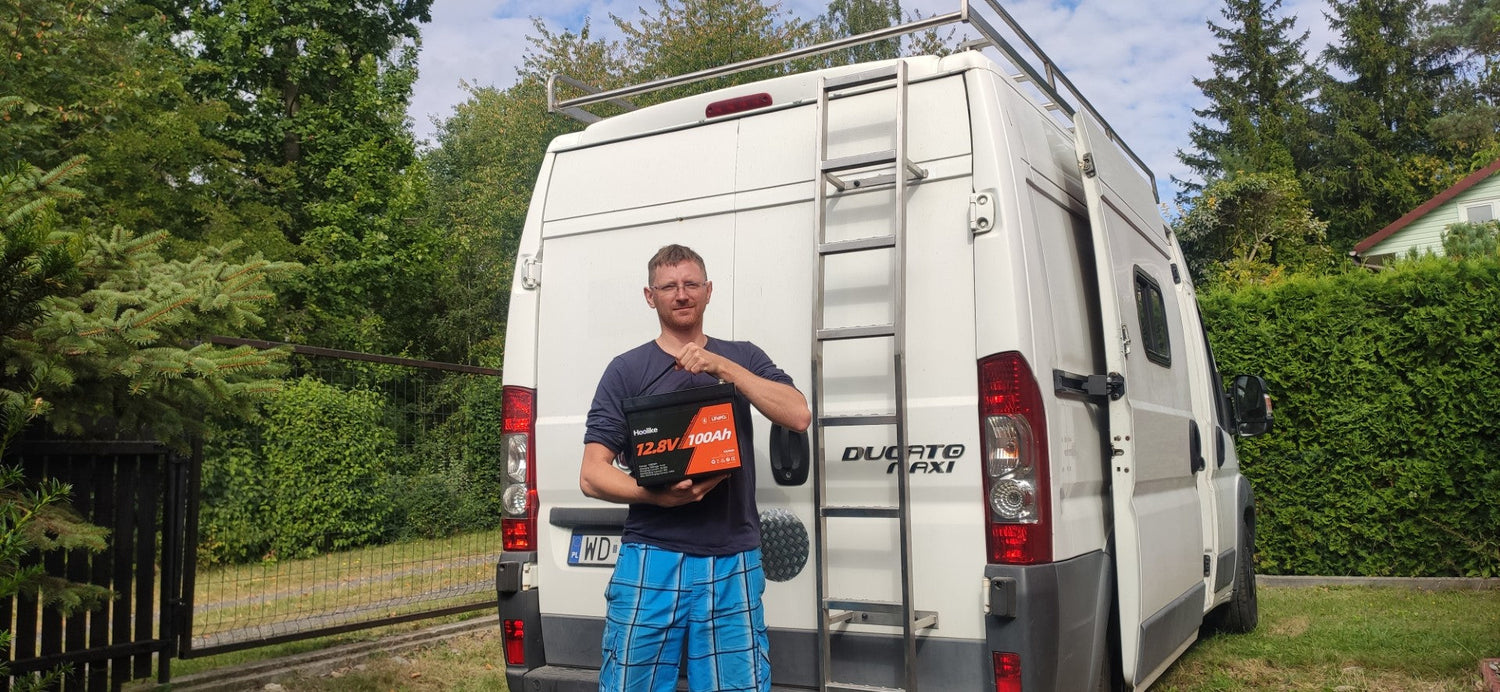The growing adoption of LiFePO4 (Lithium Iron Phosphate) batteries in renewable energy, electric vehicles, and portable power solutions has raised an important question: what happens to these batteries at the end of their lifecycle? While LiFePO4 batteries are more environmentally friendly than traditional lithium-ion batteries, their recycling processes still present technical and logistical challenges. This blog explores the recycling processes and challenges associated with LiFePO4 batteries, highlighting Hoolike as a brand that promotes sustainability and responsible battery use.

Why Recycling LiFePO4 Batteries is Essential
Resource Conservation – Recycling recovers valuable materials such as lithium, iron, and phosphate, reducing the need for raw material extraction.
Environmental Protection Proper recycling prevents hazardous waste from contaminating landfills and ecosystems.
Sustainability – With the increased use of LiFePO4 batteries, a well-established recycling system ensures long-term sustainability in energy storage.
Economic Benefits – The recycling industry can create jobs and provide a circular economy approach to battery production.

The Recycling Process of LiFePO4 Batteries
Collection and Sorting
The first step involves collecting used LiFePO4 batteries from various sources, including solar energy storage, electric vehicles, and industrial applications. Hoolike's high-performance LiFePO4 batteries such as the Hoolike 12.8V 100Ah LiFePO4 Battery are designed to last longer, reducing waste and the frequency of recycling.
Discharge and Safe Handling
Before recycling, batteries must be fully discharged to avoid electrical hazards. Specialized facilities safely neutralize any residual charge to prevent short circuits during processing.
Mechanical Separation
Once discharged, the LiFePO4 battery undergoes mechanical shredding to break it down into smaller components. This step separates materials such as metal casings, separators, and active cathode materials.
4. Hydrometallurgical and Pyrometallurgical Processes
Hydrometallurgical Process – Uses chemical leaching to extract lithium, iron, and phosphate from the shredded battery materials.
Pyrometallurgical Process – Involves high-temperature smelting to recover useful metals, though it is less commonly used for LiFePO4 recycling due to its energy-intensive nature.
5. Purification and Reuse
Extracted lithium and iron materials undergo purification processes to remove impurities. These purified elements can then be repurposed into new batteries or industrial applications. Hoolike’s commitment to sustainability ensures that its Bluetooth-enabled LiFePO4 Battery supports a greener energy storage cycle.
Challenges in LiFePO4 Battery Recycling
Lack of Standardized Recycling Infrastructure
Unlike lead-acid batteries, LiFePO4 batteries do not yet have a globally standardized recycling process, making large-scale recycling difficult.
Complex Battery Composition
While LiFePO4 batteries do not contain cobalt or nickel, their iron and phosphate components require specialized recycling methods that are not as economically viable as traditional lithium-ion recycling.
Collection and Transportation Costs
Efficient battery collection systems are needed to ensure cost-effective recycling. The challenge lies in collecting used batteries from dispersed sources such as solar installations and electric vehicles.
Limited Consumer Awareness
Many users are unaware of where and how to recycle LiFePO4 batteries, leading to improper disposal. Brands like Hoolike encourage responsible battery disposal and recycling by promoting sustainable battery use through their Hoolike 25.6V 100Ah LiFePO4 Battery, which offers long-lasting performance to reduce battery waste.
The Future of LiFePO4 Battery Recycling
With growing interest in green energy, innovations in LiFePO4 recycling are becoming a priority. Researchers and industry leaders are working towards refining direct recycling techniques, which focus on recovering and reusing battery components without breaking them down into raw materials. This method preserves the structural integrity of LiFePO4 cathodes, extending their lifespan and reducing the need for virgin materials. Additionally, advancements in hydrometallurgical and mechanical separation methods are making it possible to extract lithium, iron, and phosphate with minimal energy consumption and chemical waste. These developments not only enhance the sustainability of LiFePO4 battery production but also support a circular economy where materials are continuously repurposed rather than discarded. Government regulations and incentives are further encouraging manufacturers to adopt greener practices, while technological breakthroughs are driving down recycling costs, making sustainable battery solutions more accessible.

Battery design improvements are also playing a crucial role in streamlining LiFePO4 battery recycling. Modular battery structures and standardized battery packs allow for easier disassembly, improving the efficiency of material recovery processes. Moreover, increased investment in recycling plants is accelerating the shift towards large-scale LiFePO4 battery recycling infrastructure. Companies like Hoolike are leading the way in providing reliable, long-lasting LiFePO4 batteries that reduce environmental impact and promote circular energy solutions. By manufacturing batteries with recyclability in mind, Hoolike ensures that its products contribute to a greener energy landscape while maintaining superior performance and durability. As research continues, the future of LiFePO4 battery recycling will see even greater efficiency, lower costs, and a reduced carbon footprint, positioning it as a fundamental component of global sustainability efforts.
Wrap up
While LiFePO4 battery recycling presents challenges, continuous technological advancements and responsible practices by brands like Hoolike are helping pave the way for a more sustainable future. By choosing high-quality, long-lasting Hoolike LiFePO4 batteries, consumers and businesses can contribute to reducing battery waste and supporting an eco-friendly energy system.
For reliable and sustainable LiFePO4 batteries, explore Hoolike’s top-rated products:
Hoolike 12.8V 100Ah LiFePO4 Battery
Hoolike 12.8V 100Ah Bluetooth-Enabled LiFePO4 Battery
Hoolike 25.6V 100Ah LiFePO4 Battery
By prioritizing responsible battery disposal and investing in LiFePO4 recycling solutions, we can create a cleaner and more efficient energy landscape for future generations.





